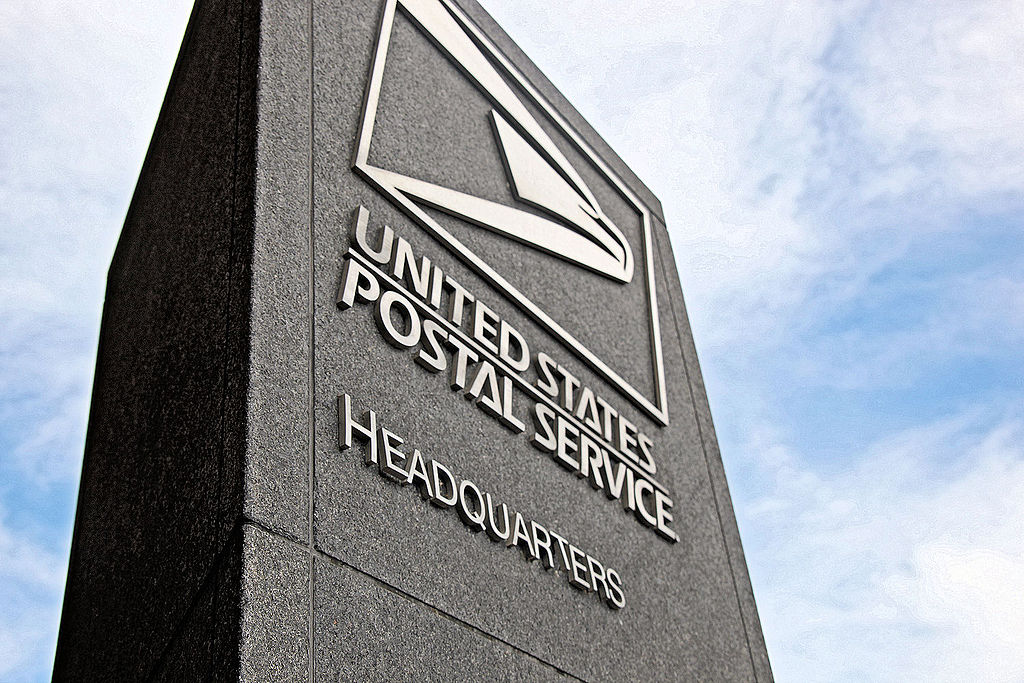Postal Banking Could Help the USPS’s Bottom Line While Serving Millions of Struggling Families Mainstream Banking Has Left Behind
By Craig Sandler

It is undeniable that our conventional banking system leaves many communities in the dust. Between rural and even urban communities with few or no local bank branches, historically underserved communities of color where bankers have deemed it unprofitable to locate branches, and communities where banks are not trusted, many households fall through the cracks of our traditional financial system.
Nearly 28 percent of U.S. households (or 100 million people) do not have access to affordable financial services. As many as 8 million American households don’t have access to basic banking, like a checking account, and 1 in 5 Americans don’t have access to affordable accounts, debit cards, and credit.
And when members of these communities cannot access traditional financial services, they have no recourse but to turn to alternatives. Millions of Americans—mostly the working poor, and disproportionately African-American or Latinx—rely on costly, predatory financial institutions including payday lenders and check-cashers who charge exorbitant interest rates and fees that trap unbanked and underbanked households in a debt cycle.
No one policy can correct the injustice of so many Americans being unable to access retail banking and forced to utilize more financially dangerous services, but one way to broaden access to responsible financial services is to allow the U.S. Postal Service (USPS) to provide some basic banking services. “Postal banking” could help ensure that all Americans have a safe, trusted source of low-cost, high-quality consumer-driven financial services in their communities. Affordable financial services provided by the USPS could help struggling families nationwide achieve financial stability – and strengthen the USPS mission to serve the public.
There are a number of reasons the USPS is the ideal provider of these services. The USPS does a much better job than conventional banks of reaching all of America’s geographic locations—with 31,000 branches serving every community in the country, fifty-nine percent of post offices are in zip codes with either no bank or only one bank. The USPS is also legally required to serve all Americans, regardless of geography, at uniform price and quality. Unlike mainstream banks, the USPS is not-for-profit and does not target or decline to serve vulnerable communities.
Furthermore, the USPS already does offer some limited financial products, including the sale of money orders, international money transfers to nine countries, and cashing of U.S. Treasury checks. Without even requiring an act of Congress, the Postmaster General can take action under the Postal Service’s existing authority to offer more basic financial services, including expanded money orders, check cashing, pre-paid gift cards, and bill payment.
There’s a path forward to do even more if Congress were to change the laws. For instance, the USPS could be given the authority to offer checking or savings accounts or even short-term “postal loans” as a much safer alternative to payday loans.
Not only could these changes help provide financial stability to unbanked and underbanked households, but they could also help guarantee the financial health of the USPS. Expanding the existing services could bring in around $1.1 billion per year, and if Congress were to allow the USPS to expand into other alternate financial products, it could generate nearly $9 billion in revenue annually. Postal banking should be part of any solution that Congress puts forward to address the grave financial situation of the postal service.
Finally, these sorts of postal banking services have many successful analogues in other countries, reaching around 1.5 billion people globally. We even have precedent for postal banking in this country; from 1911 to 1967, the U.S. Post Office offered savings deposit accounts. We have plenty of good models to look to in designing a good postal banking program.
Recently, Public Citizen’s Financial Policy Advocate Bartlett Naylor provided written testimony to the House Committee on Oversight and Reform for a hearing held today on the financial condition of the postal service. While the hearing was not primarily focused on postal banking, Congressman Harley Rouda (Calif.) did ask the president of the National Association of Letter Carriers, Frederic V. Rolando, for his opinion on implementing some postal banking measures:
.@RepHarley: Mr. Rolando, there are 68 million Americans who are under-served by banks and financial institutions, do you believe the #postal service should be given authority to offer limited financial services?
Watch for answer from @NALC_National President #postalbanking pic.twitter.com/k14oSXZdNI
— Take On Wall St (@TakeOnWallSt) April 30, 2019
Mr. Rolando’s answer to Rep. Rouda was encouraging, and demonstrates the extent to which a hearing devoted entirely to postal banking is warranted.
It is unacceptable that so many Americans are left to struggle without access to local, low-cost, high-quality financial services. Postal banking is one badly needed step in righting this wrong. You can learn more about postal banking by visiting the Campaign for Postal Banking website.
It’s time for postal banking to be expanded and restored in the United States. Call on the Postmaster General to implement postal banking now or write a letter to the editor of your local paper in support of postal banking.
Photo Credit: Wikimedia Commons user Tim1965,
“United Postal Service HQ“|CC BY 3.0